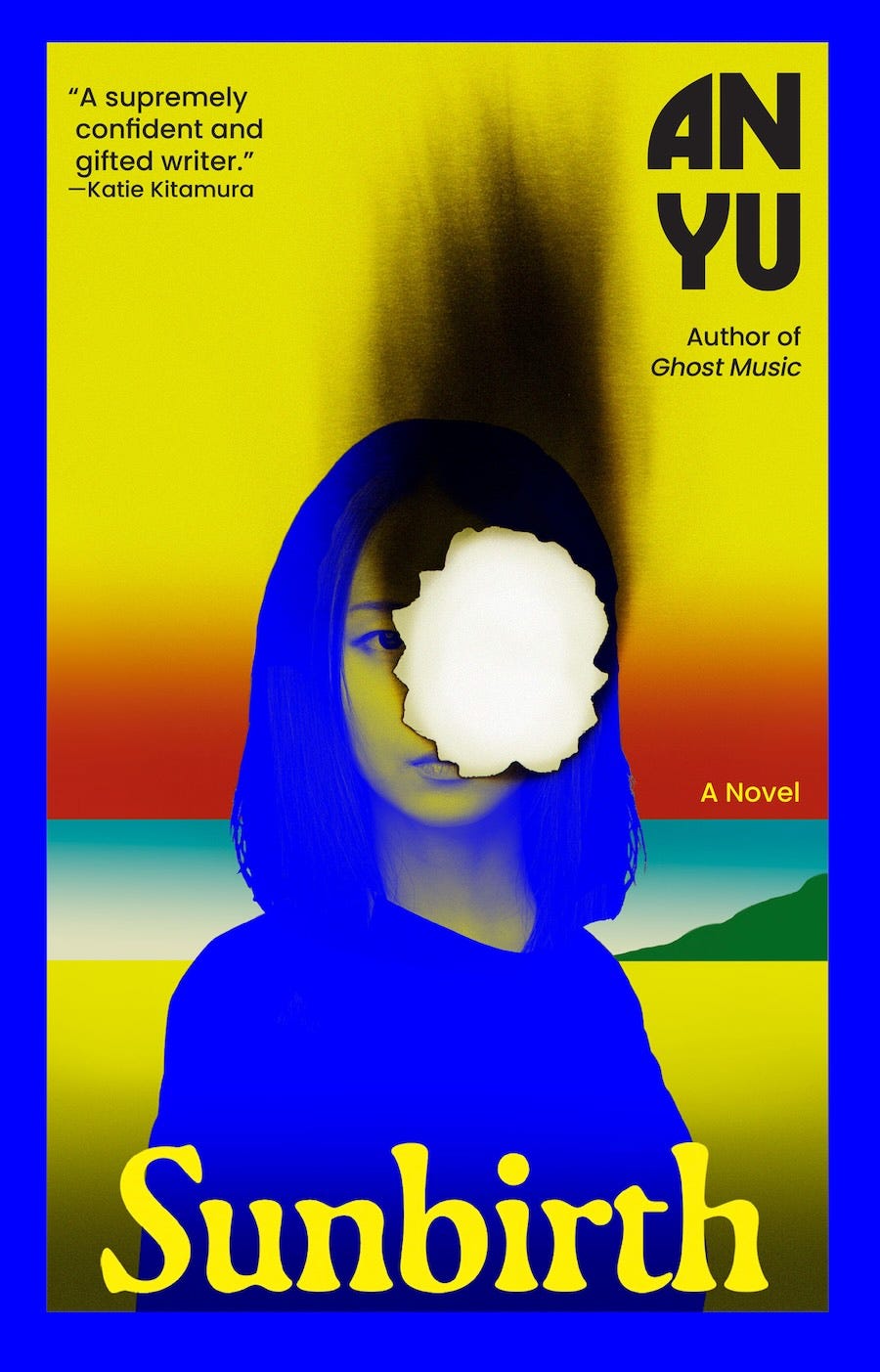Beacons of light
For the Ink Book Club's August selection, "Sunbirth," author An Yu drew on her obsession with a haunting vision
A couple of years ago, Hong Kong-based author An Yu had an image stuck in her head. Strangely, it was of people whose heads had morphed into miniature suns. That might seem weird, but for Yu, it was the kernel of an idea for a new novel—her third. She says this is typical of her process: “For me, stories often start with vague silhouettes that churn for a while and then take on clarity.” In other words, Sunbirth was born because its author couldn’t stop thinking of people with suns for heads–which reminds me that novelists, like great musicians or painters, have a gene that the rest of us just don’t have.
Appropriately enough, in writing Sunbirth, Yu found herself contemplating what the sun represents, in her words: “life, death, hope, faith, science, truth.” That’s pretty much everything.
I admit, I haven’t spent a lot of time thinking about the sun, except to worry about climate change, and to complain about it being too hot. To get a closer understanding of Yu’s preoccupation with Earth’s essential partner, I went down a sun rabbit hole.
I spoke into my phone: “What’s new on the sun?” I was directed to hundreds of links, through which I learned that the sun is currently undergoing increased activity as it nears its “solar maximum,” or the peak of its 11-year cycle. During this period, there are stronger than normal “solar flares and coronal mass ejections (CMEs),” which can impact Earth’s “space weather,” potentially (not just potentially, though; apparently such an event occurred in May) disrupting satellite and radio communications, among other effects.
A solar flare is a massive explosion of radiation from the sun’s surface; the most powerful of them can release as much radioactive energy as a billion hydrogen bombs. I also discovered that NASA’s Parker Solar Probe is providing never-before-seen pictures and data, and is also sampling particles and magnetic fields from the sun’s atmosphere. All of this will help scientists better understand how changes in solar output and activity will affect the Earth’s environment, now and in the future. The sun is hot! No wonder An Yu is so engrossed. Also, the Sun is supposed to be capitalized, so it will be from here on out.
While Sunbirth’s plot doesn’t hinge on the scientific, it does presume a world in which climate change has already taken a huge toll, though the reasons for the Sun’s gradual vanishing aren’t clear. Five Poems’ villagers must grapple with year-round cold temperatures, a lack of food and other resources, as well as the way they’ve been destabilized. The novel is really an elegy, with the disappearance of our most essential star standing in for the loss of hope, security, and truth. In their absence, confusion and suspicion reign. How this state of affairs will weigh on the two sisters at the heart of the story, or reveal how their father died, is the novel’s emotional core.
I love novels that are enigmas, and remind us that the narratives of our lives can rarely be predicted with any accuracy, or neatly summed up. But that also means I’m especially looking forward to Anand’s and my live conversation with An Yu, who will be speaking with us from Hong Kong on Wednesday, August 27 at 12:30 pm Eastern. I can’t wait to learn more from her about how she fuels her imagination and converts those visions into novel form. Please join us then, as well as this Wednesday, August 6, also at 12:30 Eastern, when we hope to check in with Ink Book Club readers live to discuss Sunbirth and the role of cli-fi in our culture.
Now is the time to pre-order the book through online retail outlets, or pick it up at your local bookstore, where it’s already in stock. It officially publishes on August 5.
An Yu’s work has been compared to that of Haruki Murakami; we’re thrilled to bring this emerging talent to our readers. Order your copy and join us for our first discussion of the book on Wednesday, August 6. Below are some questions and thoughts to start you off:





